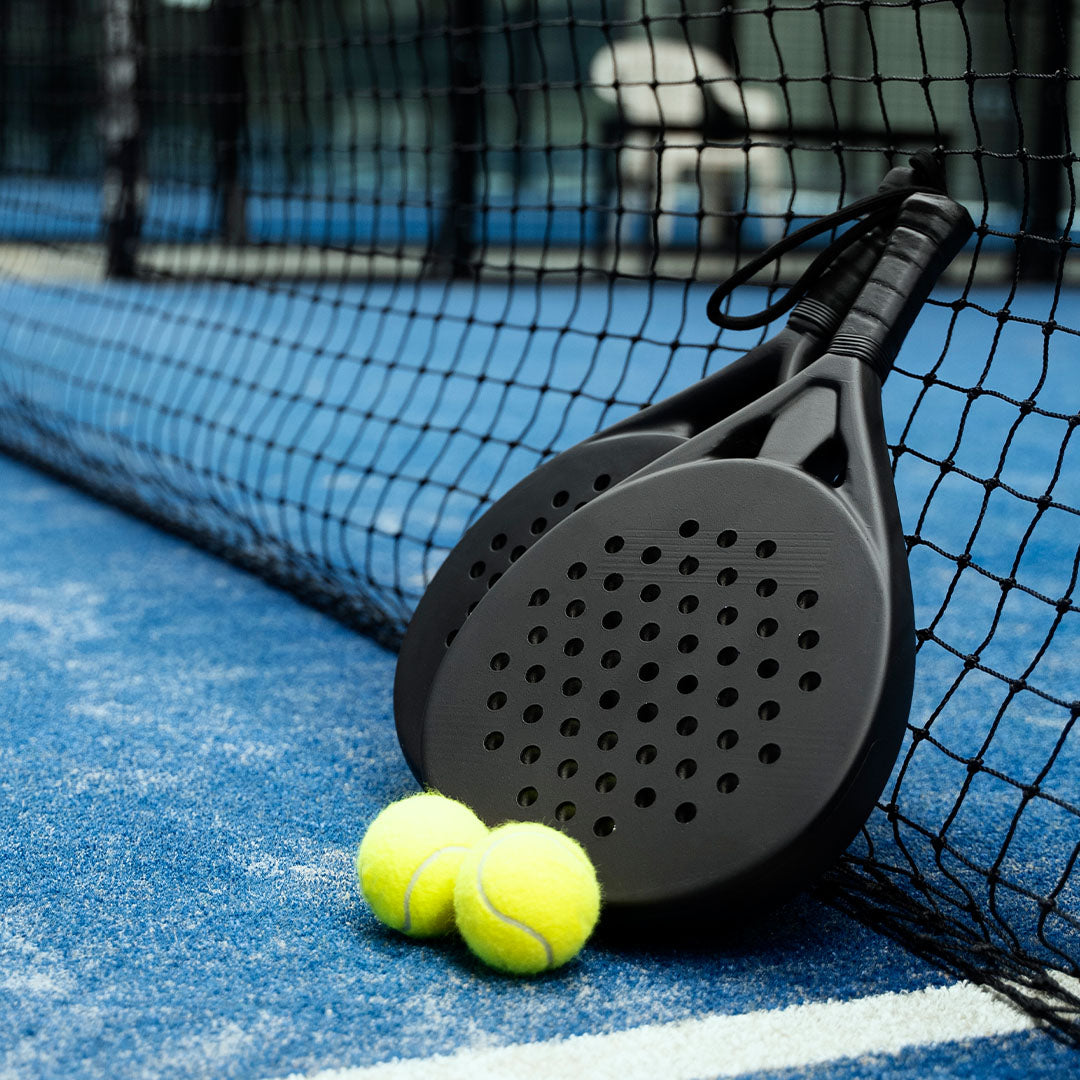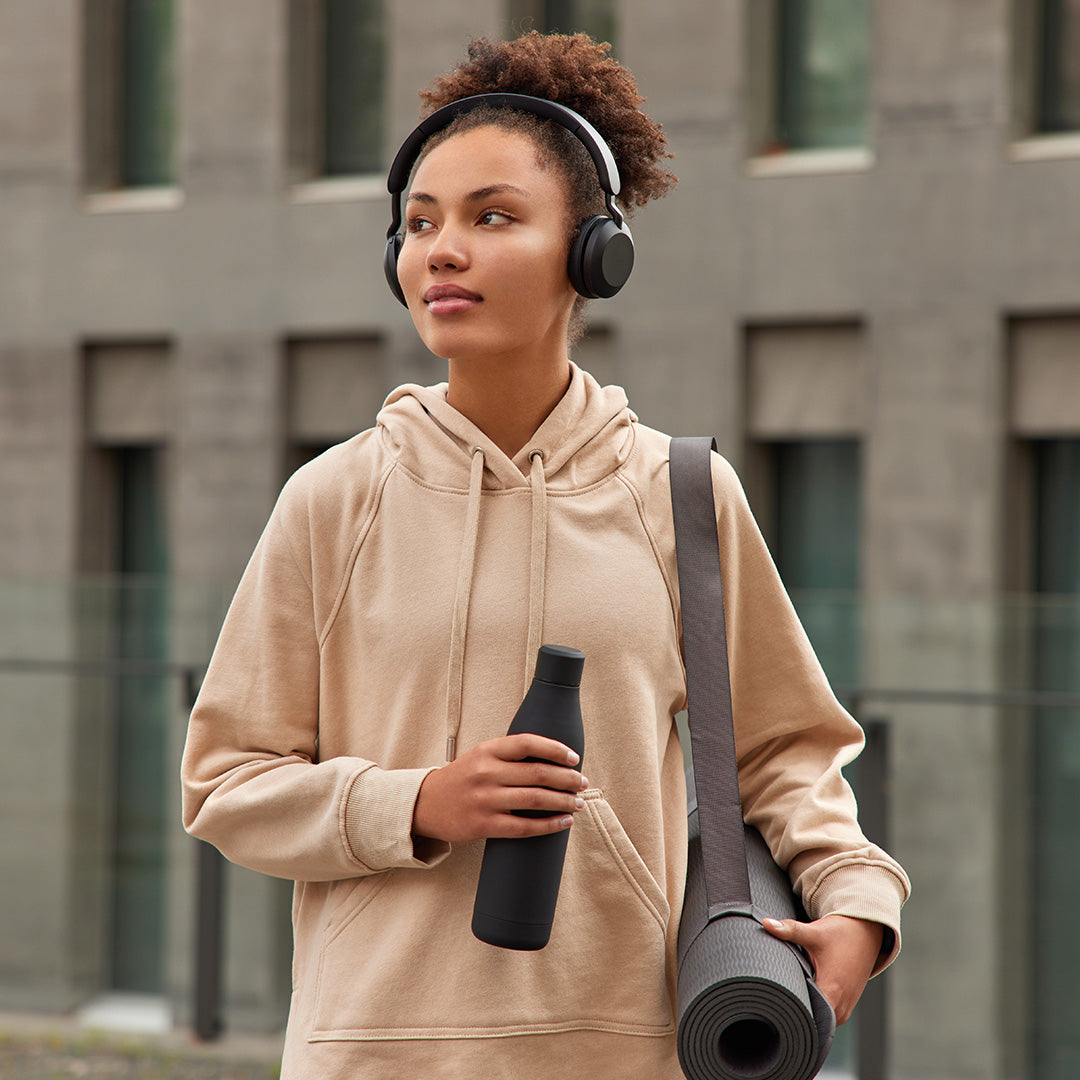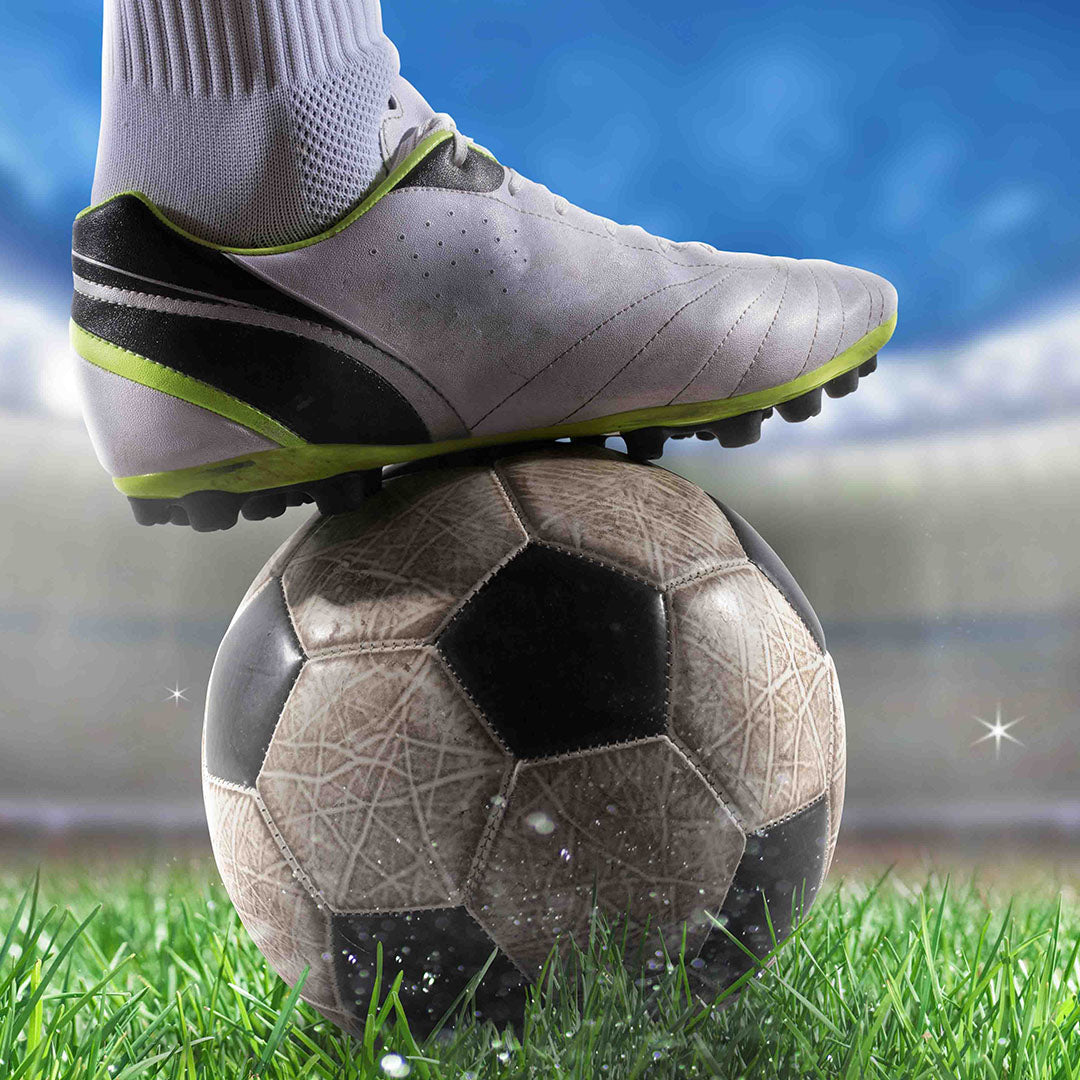Beginner’s Guide: Padel

What is Padel?
If you’re a new Padel player or just interested, this is for you. Padel has gained a significant amount of popularity over the last two years. Padel can be considered as a mix between Tennis and Squash, and is usually played in pairs and in a closed court. If you’re into fast-paced sports that require constant concentration, give it a try.
Padel Rackets:
To get started, you need some essential equipment. First things first, the racket. There are three types of rackets; Round, Diamond and Teardrop-shaped rackets. They differ in their properties and functions.
For example, the round rackets are control rackets. They are suitable to all types of players, especially beginners. This racket’s sweet spot (the best area where the ball can land) is at the center of the racket.
As for the diamond-shaped racket, they are power rackets that are more suitable to experienced players. The sweet spot is at the tip of the racket, which makes it harder to control.
Lastly, the teardrop-shaped racket. They are the most balanced rackets out of the three. They provide the perfect balance between control and power, as they are a hybrid of the round and diamond-shaped racket. They are most suitable to players who have some experience, who want a balance between power and control. Take a look at our Padel rackets collection for a variety of shapes and prices.
Padel Balls:
Padel balls are somewhat similar to Tennis balls, however; they are slightly smaller and have less pressure. It’s better to play with Padel balls than Tennis balls, which are harder and bigger and can damage your Padel racket as a result.
There are two types of Padel balls, entry/intermediate levels and advanced/pro levels. The entry/intermediate levels balls have more felt/fur on them which makes them slower and last longer. The advanced/pro levels balls on the other hand have less felt/fur which makes them faster but last less. The balls need to be changed every 25-30 games, but the entry/intermediate balls will probably last longer. Stock up on Padel balls here.
Overgrips & Frame Protectors:
You might also need some accessories like overgrips and frame protectors. Padel rackets all come in one grip size. If you have bigger hands, you’ll need some overgrips to adjust the grip to your liking. Some players claim that the right grip is when you can place the index finger of your free hand between the fingertips and the palm of the other hand holding the racket. If your fingertips are touching the palm of your hand, it will probably reduce your control over the racket and cause elbow problems over time. Large hands may need two or three overgrips to have a comfortable grip.
To maintain your rackets, you’ll need a frame protector. Padel frame protectors reduce the chances of scratching your racket. To use them, you’ll need to stick them over the frame of your racket without leaving any air bubbles or wrinkles to get the best out of them. Accessorize your rackets here.
Padel Shoes:
Last thing you’ll need are some shoes. Padel, as a fast-paced game with sharp turns, needs shoes that can adapt to all these conditions. There are Padel specialty shoes, but they are not common to find. In case you were wondering, you can wear your Tennis shoes when playing Padel. However, not every Tennis shoe will work for you. All court and Clay Tennis shoes are good Padel shoes substitutes, specially the Clay Tennis shoes as they offer a great grip while playing. It is advised not to use your running shoes for Padel as they lack the grip needed for the game. They may also cause you some injuries over time. Find the right shoes here
Everything Padel in one place:
Now you’re set with all the basics. For everything Padel-related, go to our WayUp Sports Padel collection. And if you want to know more about Padel and its history, check out our other Padel blog.









Leave a comment
This site is protected by hCaptcha and the hCaptcha Privacy Policy and Terms of Service apply.